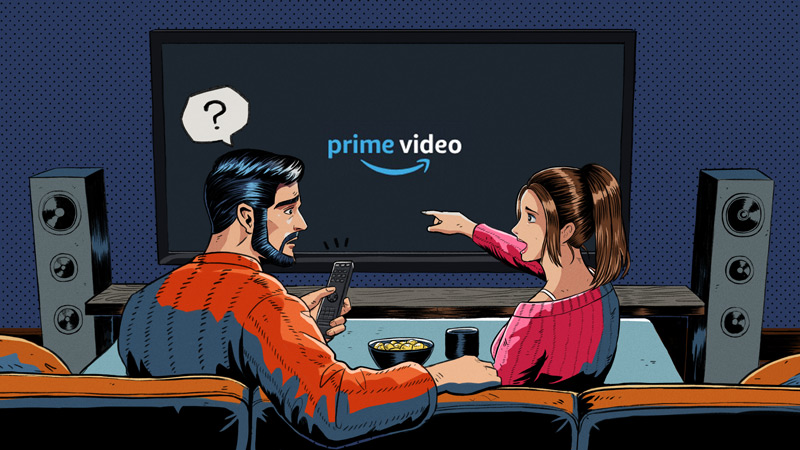
Are you stuck trying to stay signed in on Prime Video?
You’re not alone! Believe it or not, this issue is more common than you’d think.
Prime Video’s performance issues can be really frustrating, especially when you’ve waited all day to binge-watch your favorite TV show, but the app keeps asking you to sign in.
Prime Video’s performance issues may be due to a corrupted cache, an outdated app, or a bad Internet connection.
Luckily, in this article, you’ll learn how to fix the 6 most common reasons why Prime Video keeps asking you to sign in:
Read on to forget all about this issue!
Prime Video, just like any other streaming platform, often releases updates to fix bugs, glitches, coding errors, and other elements that may be causing performance issues.
So, if your app isn’t updated, chances are you’ll be constantly asked to sign in.
Normally, your apps will be automatically updated on your device, but this process can be interrupted by network issues or crashed background processes.
Don’t worry, though! You can easily manually update Prime Video by following this quick guide:
Amazon Fire TV:
LG Smart TV:
Roku:
For iPhone and iPad:
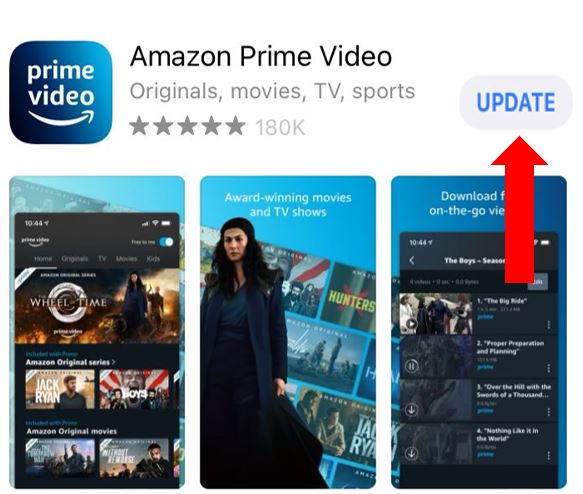
Android:
Xbox One:
Are you using another device? Don’t worry! Launch Google and search for “How to manually update apps on <Your Device’s Name Goes Here>”.
Once you’ve completed the steps above, try streaming any movie or TV show again to see if the issue was fixed.
VPNs ensure our privacy while navigating and allow us to access international content to fully enjoy our streaming experience.
Sadly, streaming services put a lot of effort into blocking them because of their licensing agreements.
I don’t blame them, though! They can have some legal issues if you’re streaming a title that the platform doesn’t offer in your country.
If you’re connected to a VPN, Prime Video may be limiting certain features on your account. This can cause performance problems while trying to stream a movie or TV show, such as login issues, flickering, buffering, and much more.
Follow these quick steps to check if your VPN is to blame:
Fire TV:
iPhone and iPad:
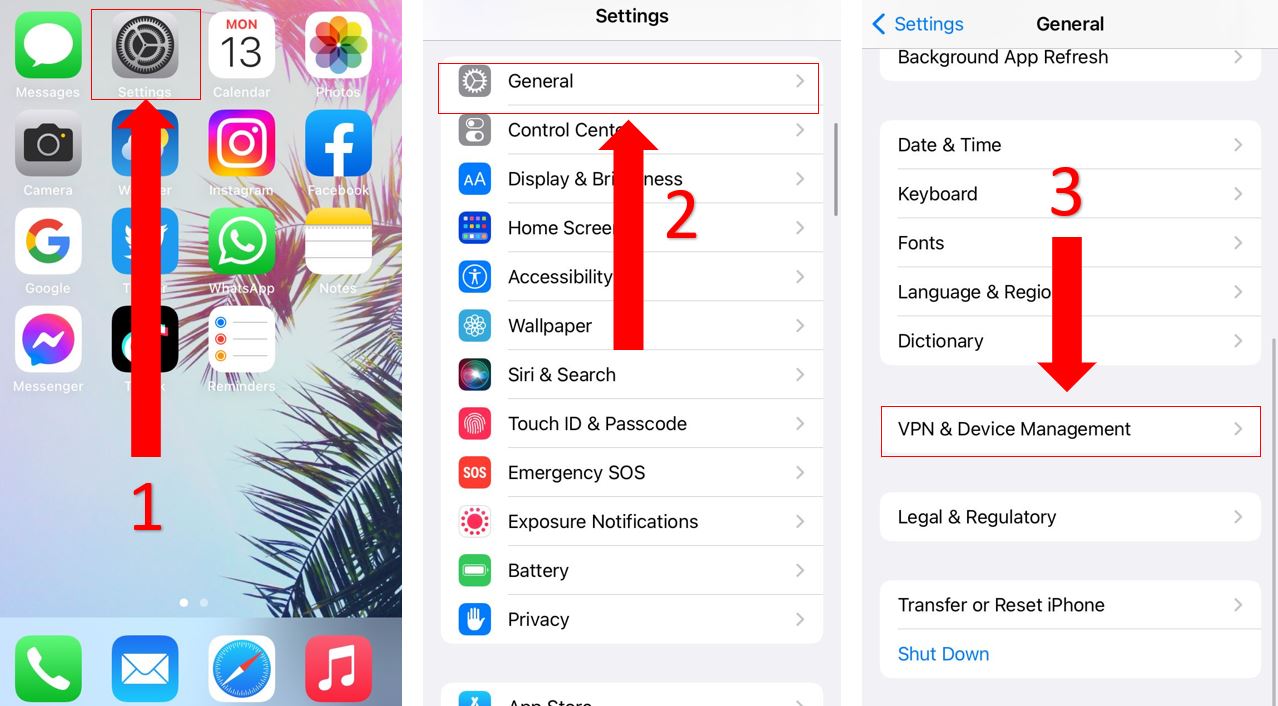
Android (phones and tablets):
Windows PC:
If the issue persists, don’t worry! Keep reading to learn more about other ways to fix it.
If Prime Video keeps asking you to sign in, chances are you have a weak Wi-Fi signal.
You see, the platform needs to access and verify your login credentials to keep you signed in. Sadly, this process can’t be completed if you have a bad Internet connection.
Don’t worry, though! You can easily check if your Internet connection is to blame by entering www.speedtest.net and pressing “Go”.
If the results show that your Internet connection is running slow, try giving your provider a quick call to see if your plan is fast enough to meet the demand of all your devices.
Tip: You can quickly know what Internet plan is best for your needs by multiplying the people living in your house by 4. This way, if you have a family of four, you’ll need an Internet plan of at least 100 Mbps.
Once you’ve done that, try restarting your modem and router. To do it, you’ll just need to:
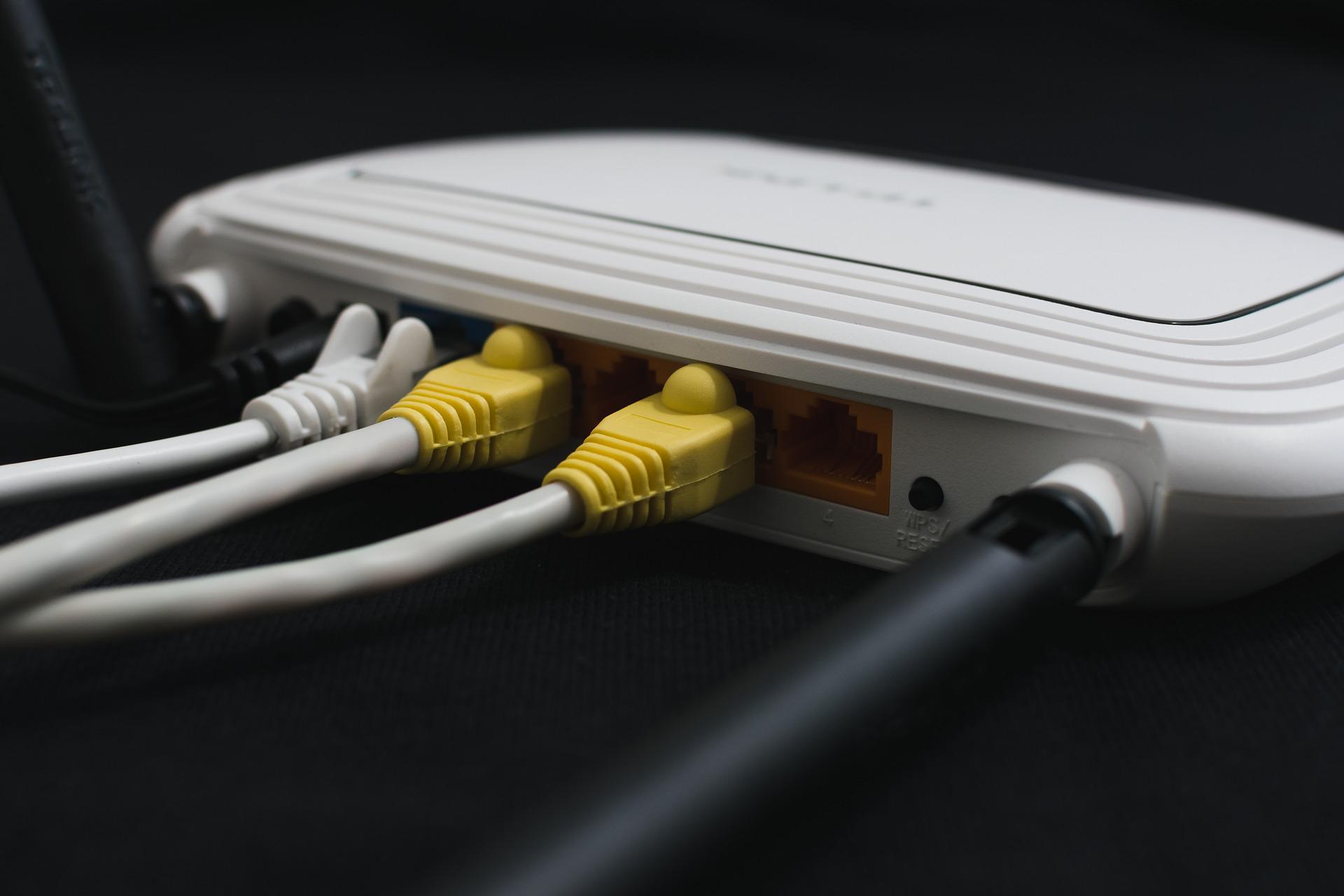
Once you’ve completed the steps above, try launching Prime Video again.
If Prime Video keeps asking you to sign in, your cache might be to blame!
If you’re wondering what “cache” means, I got you! Its meaning is far from obvious, but understanding it can make everything simpler.
I always like to tell our readers to think of their app’s cache as a scrapbook. This is where temporary information is stored, such as videos, fonts, images, login credentials, and much more.
Your Prime Video’s cache eliminates the need to re-download this data every time you launch the app. This will reduce the loading times and improve your overall streaming experience.
But, if there’s a problem with a file stored in your cache, you may experience some performance issues, such as being constantly asked to sign in, buffering, and even a black screen.
Luckily, you can clear your app’s cache with these easy to follow steps:
Fire TV:
LG Smart TV:
iPhone and iPad:
For Android devices:
Google Chrome:
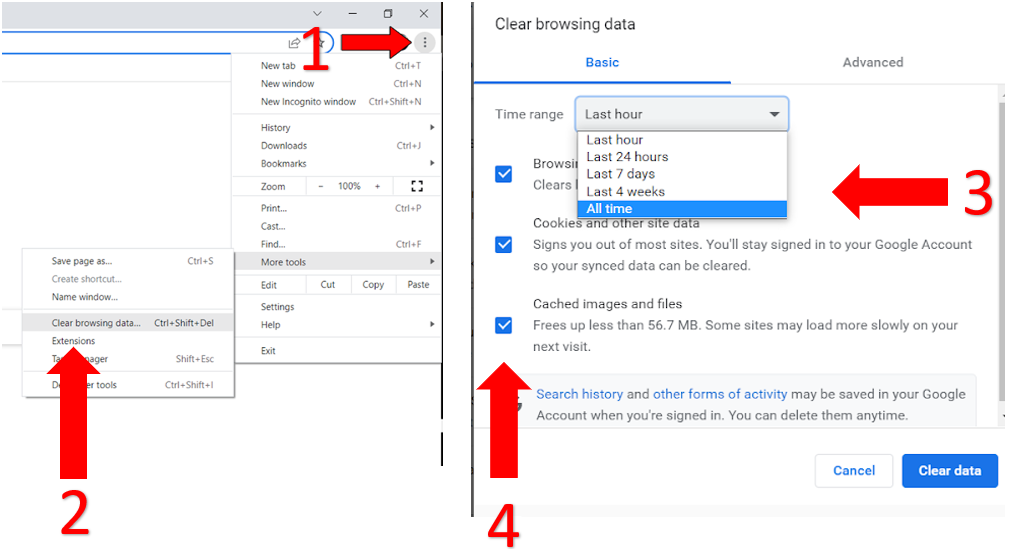
Tip: If you can’t find the “Clear Cache” option on your device, please make sure to reinstall the app. This simple action may clear your app’s cache and solve some performance issues caused by bugs, glitches, or other unexpected circumstances.
If the fixes above didn’t do the trick, this just might!
If your device hasn’t been updated in a while, you may experience some issues while trying to use the installed apps. This is why I always recommend checking for any available updates.
To do it, you’ll just need to:
Amazon Fire TV:
LG Smart TV:
Roku:
For iPhone or iPad:
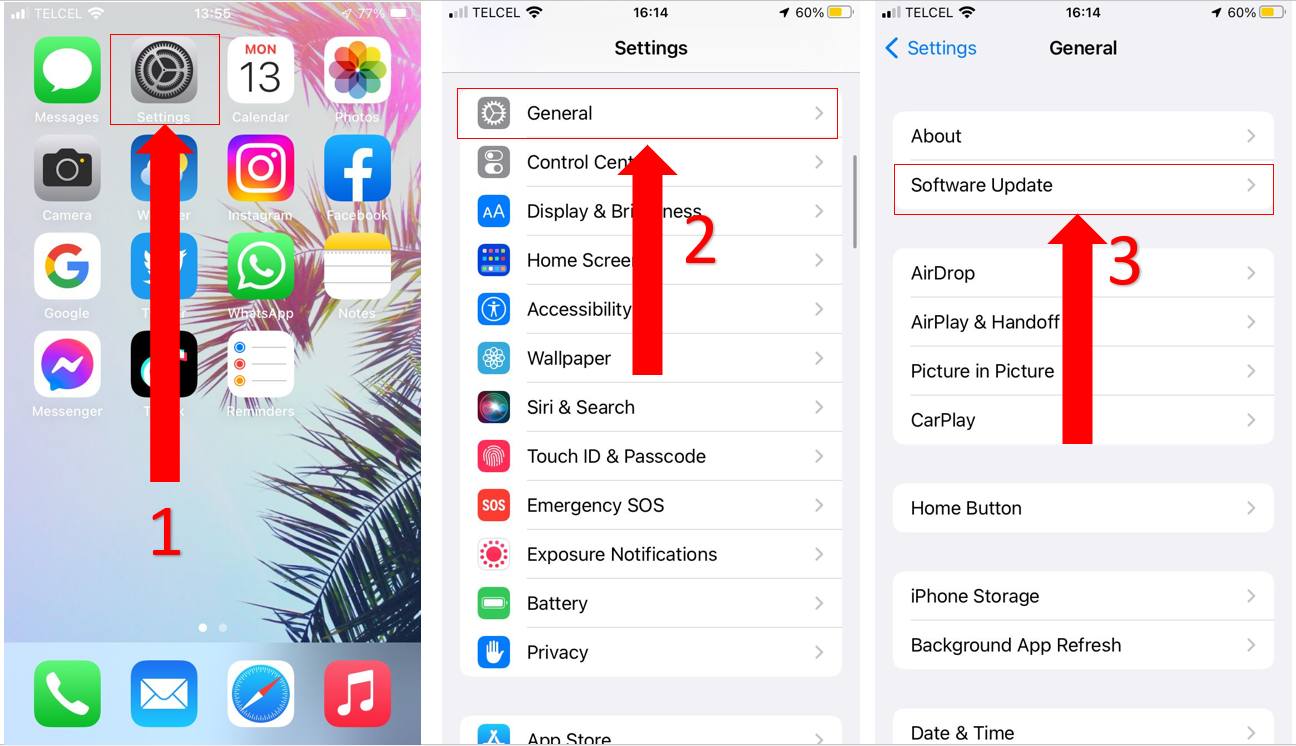
Android:
Please note that this process may vary depending on your device’s model. But most devices can be updated in this way:
Tip: If you couldn’t find your device in the list above, open Google and search for “How to update <Your Device’s Name Goes Here>”.
If you’re using your PC to stream your favorite TV shows, you might want to check your browser settings.
You see, if Prime Video keeps asking you to sign in every time you launch the website, you may need to enable the option on your browser that remembers your login credentials.
Follow this quick guide to do it:
Before completing these steps, please make sure that Prime Video is compatible with the browser you’re using.
Google Chrome:
Safari:
Microsoft Edge:
Once you’ve completed the steps above, launch Prime Video and enter your login credentials again. Click on “Save” when the “Save Password” message pops up. This quick action will avoid Prime Video from constantly asking you to sign in.
Not being able to fully enjoy your Prime Video subscription because the platform keeps asking for your login credentials can be really annoying.
Hopefully, with the help of this article, you’ll get rid of this problem in no time.
Remember, simple actions like checking your Internet connection, disabling your VPN, changing your browser settings, or updating your device and app, can solve the issue.
Thanks for taking the time to read this article, I really appreciate everyone that checks out our content. If you found this helpful, make sure to read our other related articles below.
Have a great day!